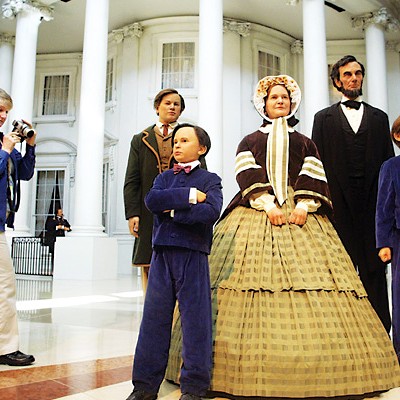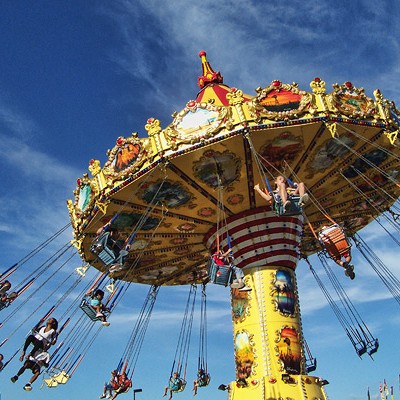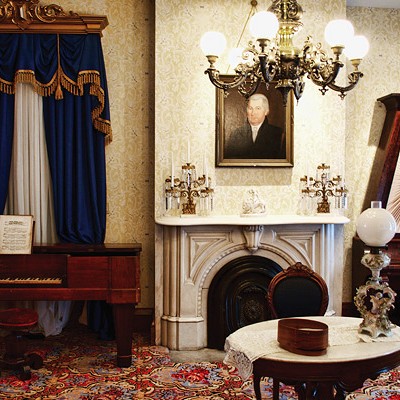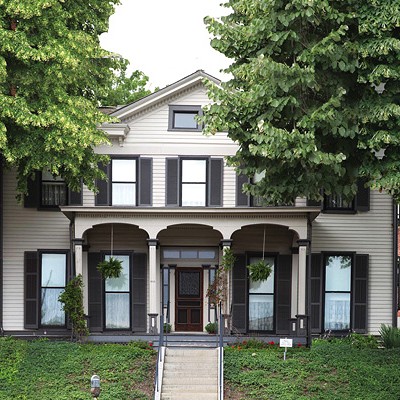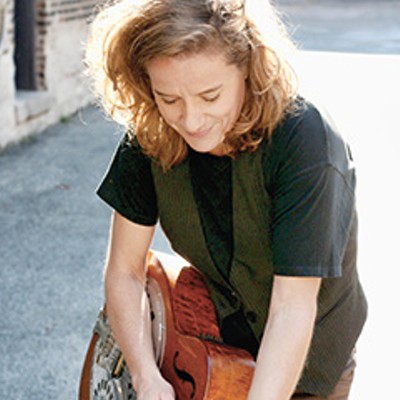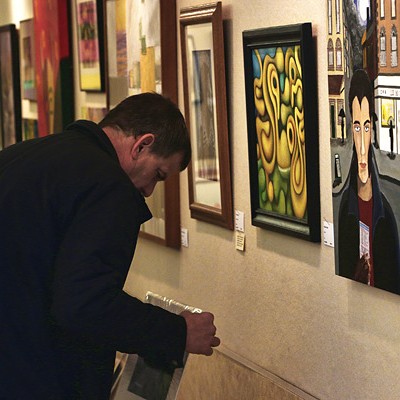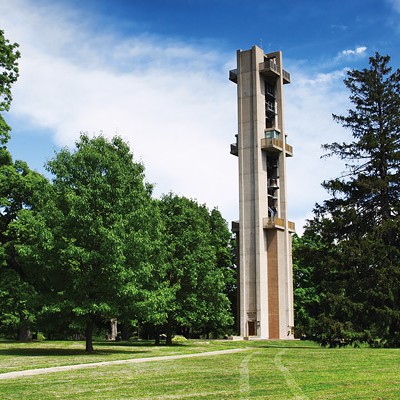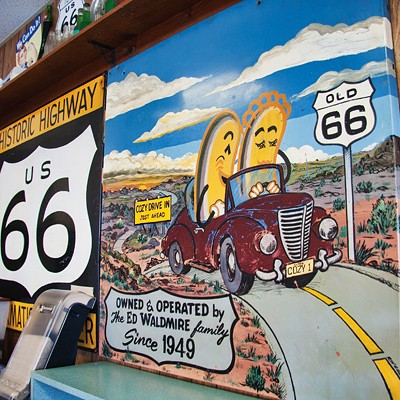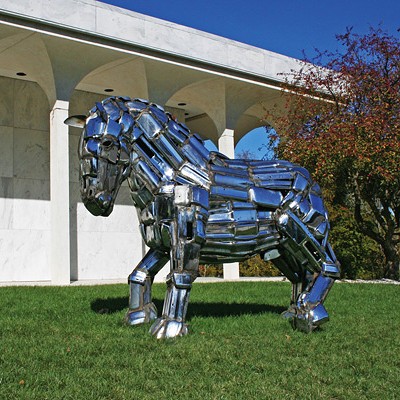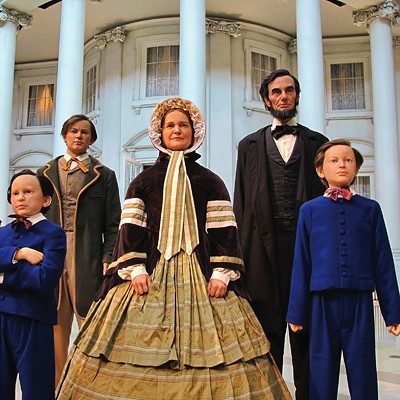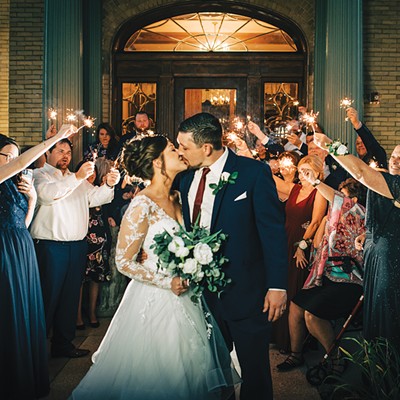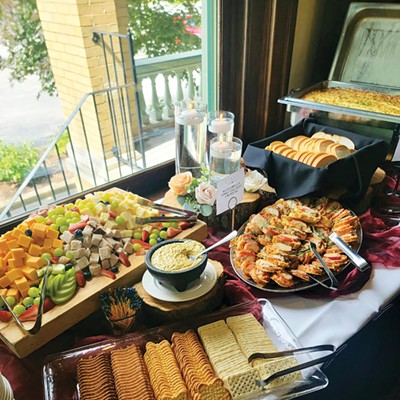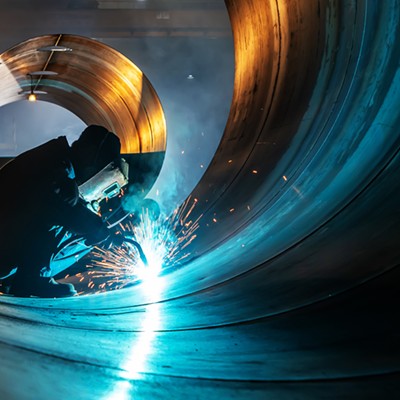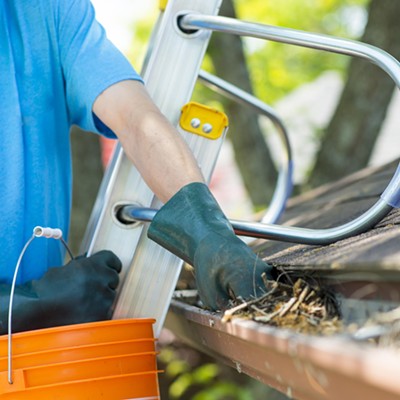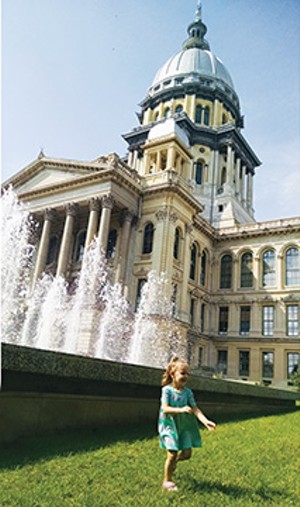
Construction began on the sixth and current Illinois Capitol in 1868 after officials determined that more space was needed for government business. The building took 20 years to complete and cost more than $4.5 million. The first legislative session in the new Capitol was held in 1877, but the structure wasn’t finished for another decade. Designed in the shape of a Latin cross and capped by a 361-foot-high dome, the building stands 74 feet taller than the U.S. Capitol. In addition to watching Illinois politicians from the balcony-level seating area, visitors can view the awe-inspiring artwork, statues and paintings inside the limestone Italian Renaissance Revival building. Murals, a variety of marbles and a unique architectural design add to the elegance and grace of Illinois’ center of government.
Free tours are given every half-hour on weekdays. On weekends, tours are conducted every hour from 9-11 a.m. and 1-3 p.m. Tours must remain with the tour guide on weekends, so go during the week if you want to explore. Special events are held throughout the year. Enter through the north door. All briefcases and backpacks are subject to search. Park for free at the Capitol Complex Visitors Center, 425 S. College St.
Illinois State Capitol, Capitol Avenue and Second Street, 217-782-2099. Open 8a.m.-4:30 p.m. Mon.-Fri. and 9a.m.-3:30 p.m. Sat. and Sun. Open many holidays, but call ahead first. For more information, call 217-782-2099. Tour groups comprising more than 15 visitors should call Springfield Convention and Visitors Bureau in advance: 800-545-7300 or 217-789-2360.
The Library of the Supreme Court
The Library of the Supreme Court of Illinois was established in 1842. Among the familiar faces during the early days was that of rising star Abraham Lincoln, who was involved in 175 cases that came before the Illinois Supreme Court before 1861, when he departed for the White House.
Since 1908, the court has occupied a site at 200 E. Capitol Ave. Its library is the fifth-largest tax-supported law library in the state of Illinois. Construction of the Supreme Court Building cost $450,500. Although its library mainly serves the court, the library is also available to local, state and federal officials, as well as the general public.
Unlike other states, Illinois does not require justices to relocate to the state capital; small apartments in the Supreme Court building are made available while the court is in session. The state law library is housed in the building, as are the Supreme Court marshal and the clerks of the Supreme Court.
The law library contains more than 100,000 volumes, consisting of federal and state law books, encyclopedias, treatises, loose-leaf legal reports and case digests. The library has subscriptions to more than 350 legal periodicals.
Food, beverages, and smoking are prohibited in the library. The use of cellphones is permitted only in the outside hallway. Handbags and briefcases are subject to search. Tours of the state Supreme Court library may be requested and courtrooms may be viewed when not in use. Visitors must present photo ID to enter. Group tours of 15 or more may be arranged by calling 217-782-7821. The library is open 8 a.m.-4:30 p.m. Monday-Friday. The building is closed on holidays. For more information, call 217-782-2424 or visit http://www.illinoiscourts.gov/supremecourt/library.asp.
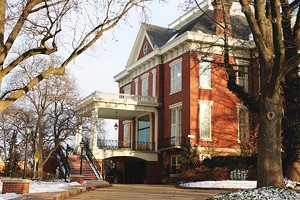
Illinois Executive Mansion
Illinois governors reside in a Victorian-style home with a Georgian façade at Fifth and Jackson streets. It has served as the official residence of Illinois governors and their families since 1855, making it the third-oldest continuously occupied executive mansion in the nation. The interior is largely in the Greek Revival style. Monte Holl of Decatur designed and built the library, which is paneled in solid American black walnut. The Lincoln Bedroom is one of two Victorian bedrooms in the mansion. Its bed and dresser were given to President Abraham Lincoln as a gift by Springfield friends before he traveled to Washington, D.C. The furniture was placed in storage, awaiting Lincoln’s return after his presidency.
More than 60,000 people visit the governor’s home each year to view its gardens, antiques and artwork. It was added to the National Register of Historic Places in 1976. Seven U.S. presidents, including Lincoln, a practicing lawyer at the time, have been received here. Three levels of the mansion, including a state dining room, a ballroom, the Lincoln bedroom, four formal parlors and the library, are open to the public.
Executive Mansion, 410 E. Jackson St., 217-782-6450. Free tours are offered 9:30-11 a.m. and 2-3 p.m. Tue. and Thu. and 9:30-11 a.m. Sat. Closed on major holidays.


